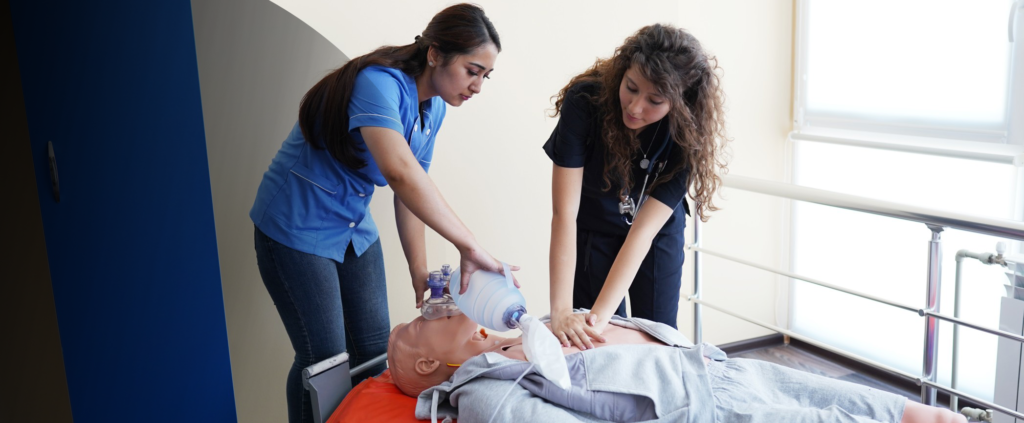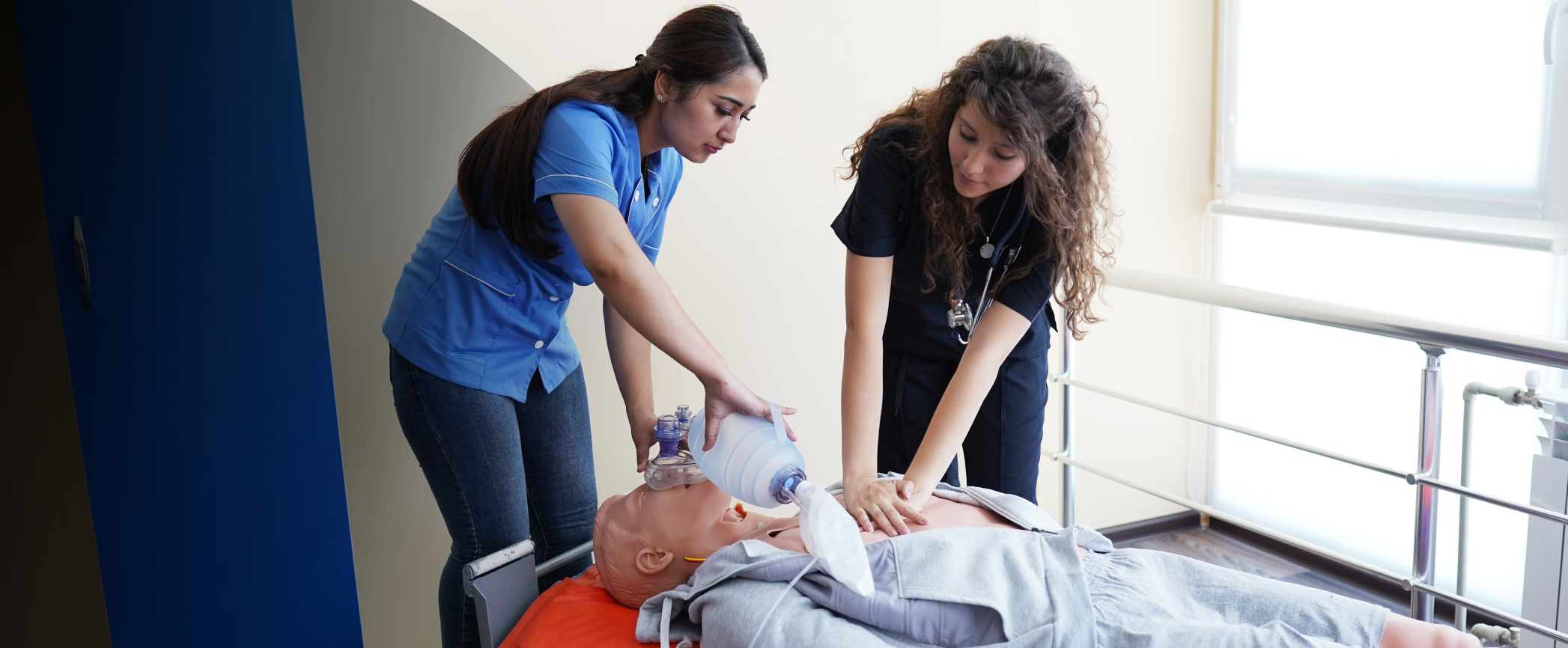The contemporary method of CPR has been in use for approximately 60 years. Since then, the practice has saved many thousands of peoples’ lives. However, despite how common CPR is – and how many people are familiar with it – there are still many myths surrounding the practice. This is what you need to know about how to help if someone suddenly stops breathing or suffers cardiac arrest.

Whether you’re a medical professional or a layperson interested in taking a CPR course, these facts should prove interesting.
Top CPR Myths
- If CPR is performed incorrectly, the patient will be harmed. When an individual is in cardiac arrest, the situation is already life and death. Without a rapid response, the patient will likely die because oxygen is not reaching the vital organs, including the brain. Even if it is not done exactly according to specification, any effort at CPR can help the situation. While properly performed CPR will typically have the best results, you shouldn’t be afraid to perform CPR on someone. In addition, when you call 911, the emergency dispatcher can help you through the process.
-
- You can get sued for performing CPR on a stranger. Most states have Good Samaritan laws that protect you from legal ramifications if you were genuinely attempting to provide emergency care to a bystander. In contrast, refusing to help someone who needs emergency care may actually get you into trouble, not the opposite.
-
- Mouth-to-mouth is the only way to save someone. This method is often the most portrayed in the entertainment world and can look quite dramatic. However, this method is typically no longer used, except in certain circumstances. Current CPR guidelines utilize rapid chest compressions to save a life instead of the traditional rescue breaths. Rescue breaths should only be delivered with a mask when emergency personnel arrives.
- CPR starts the heart again. CPR does not jumpstart the heart. Rather it maintains the oxygenated blood flow through the body. To start the heart beating again, you can learn to use an AED – an electronic device used to shock the heart rhythms. (Learn more about AEDs here.)
Does CPR Work Every Time?
- If CPR is performed incorrectly, the patient will be harmed. When an individual is in cardiac arrest, the situation is already life and death. Without a rapid response, the patient will likely die because oxygen is not reaching the vital organs, including the brain. Even if it is not done exactly according to specification, any effort at CPR can help the situation. While properly performed CPR will typically have the best results, you shouldn’t be afraid to perform CPR on someone. In addition, when you call 911, the emergency dispatcher can help you through the process.
- You can get sued for performing CPR on a stranger. Most states have Good Samaritan laws that protect you from legal ramifications if you were genuinely attempting to provide emergency care to a bystander. In contrast, refusing to help someone who needs emergency care may actually get you into trouble, not the opposite.
- Mouth-to-mouth is the only way to save someone. This method is often the most portrayed in the entertainment world and can look quite dramatic. However, this method is typically no longer used, except in certain circumstances. Current CPR guidelines utilize rapid chest compressions to save a life instead of the traditional rescue breaths. Rescue breaths should only be delivered with a mask when emergency personnel arrives.
- CPR starts the heart again. CPR does not jumpstart the heart. Rather it maintains the oxygenated blood flow through the body. To start the heart beating again, you can learn to use an AED – an electronic device used to shock the heart rhythms. (Learn more about AEDs here.)
Does CPR Work Every Time?
Unfortunately, CPR does not work most of the time. It is estimated that CPR is only effective approximately 15% of the time outside of a hospital setting. When CPR is performed in a hospital, it tends to be more effective because it begins promptly, and other therapies are also utilized.
We can help raise this number by educating ourselves in life-saving techniques, such as taking CPR classes and learning to operate AEDs properly.
The best way to learn more about CPR is to take an approved course. Best Chance CPR offers professional CPR classes, First Aid training, AED, and BLS for Health Care Providers. Individuals can also enroll to obtain two-year certifications with the American Heart Association (AHA) and American Safety and Health Institute (ASHI). All First Aid and CPR training offered by Best Chance CPR is OSHA compliant and certified with the Emergency Medical Services Authority (EMSA) of Florida.
For more information about the myths and truths surrounding CPR, please browse our website. If you are interested in learning more about our classes and certifications, call Best CPR today.


